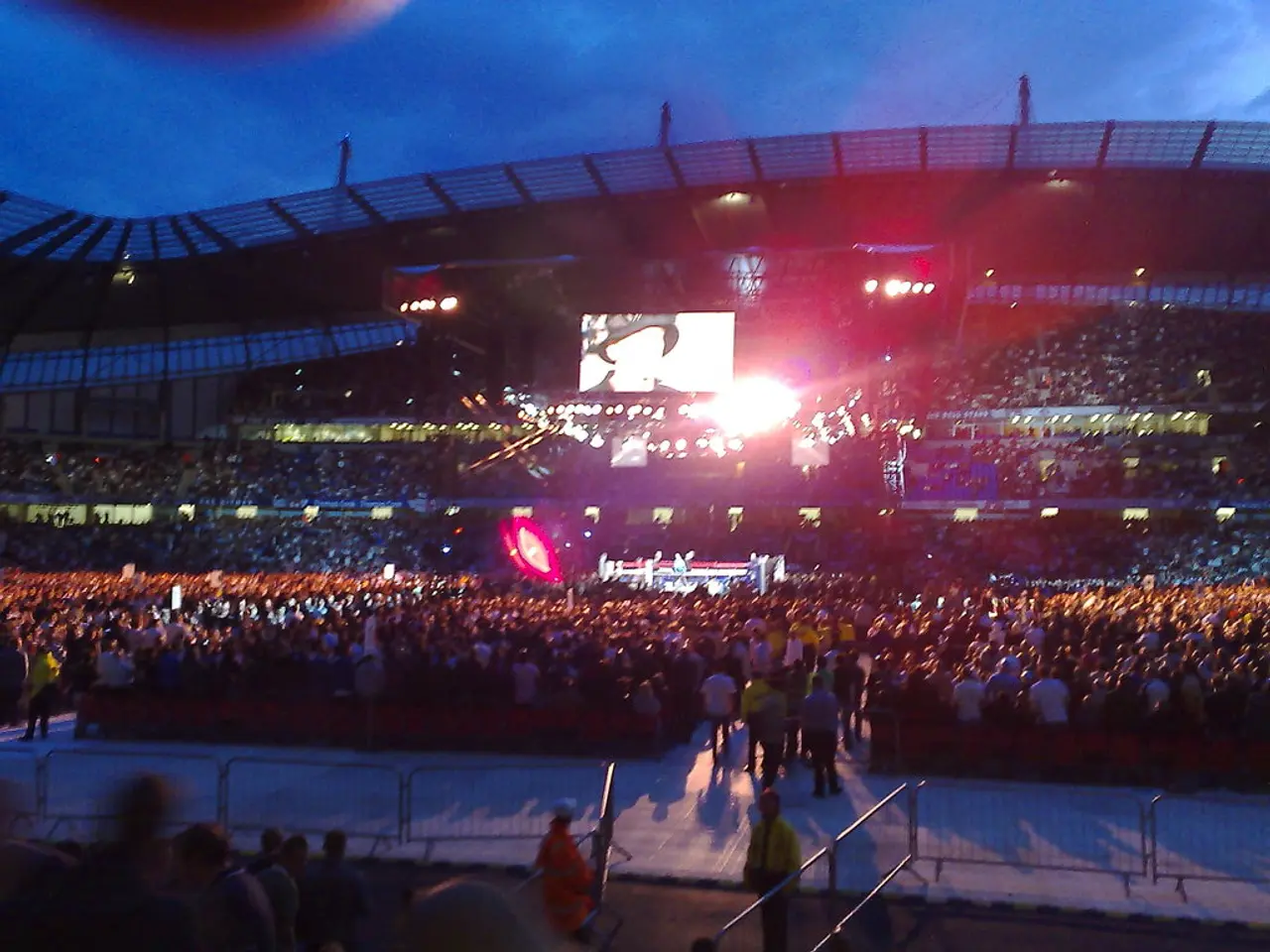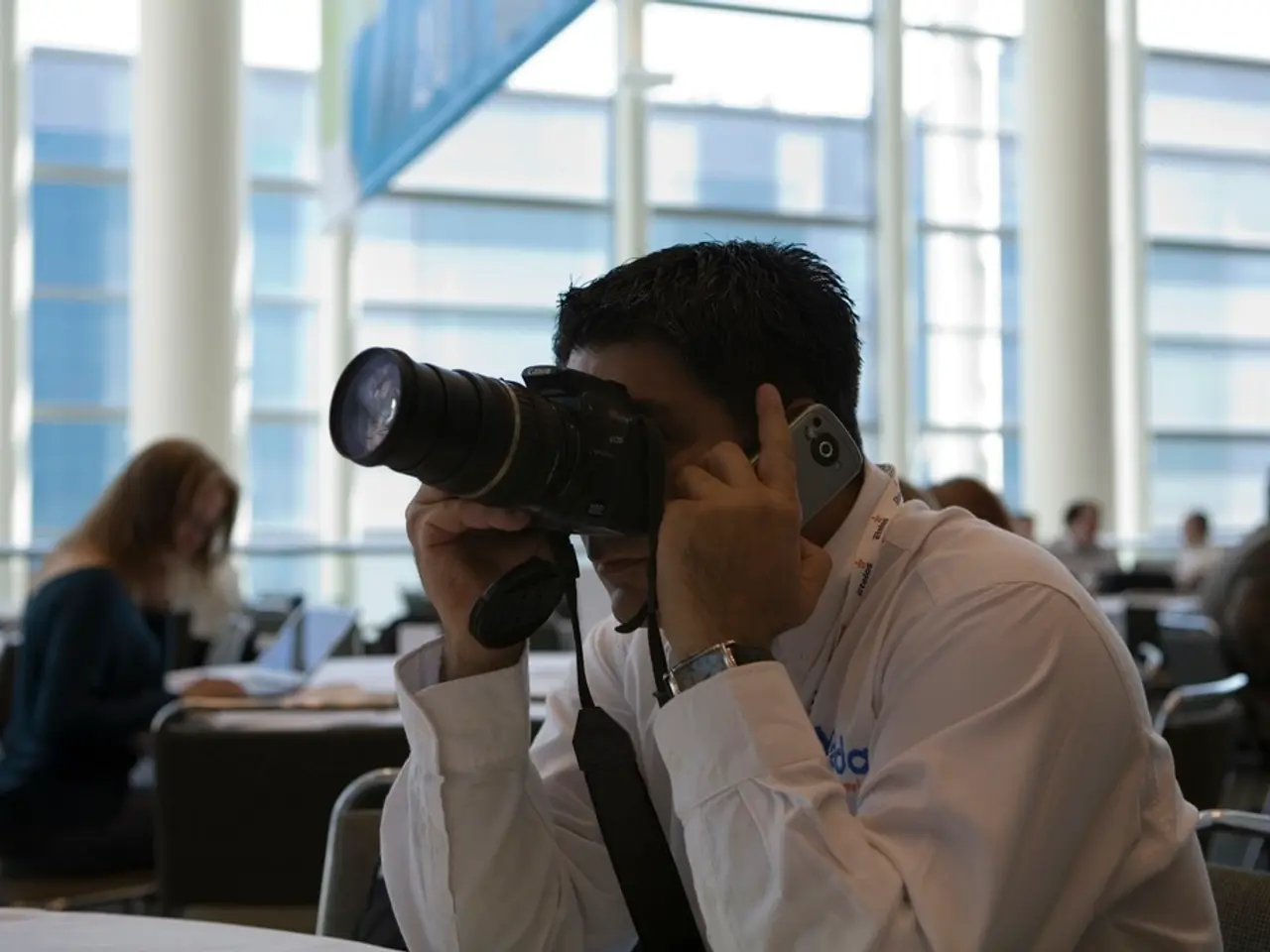Mastering Vocal Recordings in Home Studios: Complete Guide
Optimizing Vocal Recordings at Home: A Guide for Beginners and Enthusiasts
Recording high-quality vocals at home is an achievable goal, even for beginners. With the right equipment and techniques, you can create professional-sounding recordings in your own space.
Choosing the Right Equipment
To start, you'll need a microphone, audio interface, headphones, and recording software. A condenser microphone is often preferred for recording vocals due to its ability to capture more detail and a wider frequency range. Studio headphones are essential for monitoring during recording without causing bleed into the mic.
Proper Microphone Setup
Placing the microphone about 6 to 12 inches from the vocalist, slightly off-center, can help minimize popping sounds. For the best results with a condenser mic, sing slightly off-axis to avoid direct air blasts on the diaphragm, use a pop filter to reduce unwanted noise, and maintain a consistent distance from the microphone to keep levels steady.
Managing Unwanted Noise
Plosives, such as "p" or "b" sounds, can create bursts of air that hit the microphone and create unwanted noise. A pop shield can effectively reduce these bursts when placed a few inches from the microphone. Sibilance, which creates harsh "s" or "sh" sounds, can be managed using a de-esser, a device that reduces excessive high-frequency sounds, smoothing out the recording.
Acoustically Optimized Room
Maintaining an acoustically optimized room is vital. You can use DIY solutions like hanging blankets or foam panels to absorb echoes. A walk-in closet filled with clothes can be an effective makeshift booth.
Gain Staging and Levels
Ensuring optimal gain levels is an essential technique to capture clean and dynamic recordings. Gain staging is essential in the recording process, ensuring that gain levels are set appropriately to avoid distortion while maintaining high audio quality.
Avoiding Clipping and Proximity Effect
Clipping, audio distortion that occurs when the input signal is too strong, can be prevented by setting the microphone's gain properly, using a limiter to manage peaks, and monitoring levels during recording. The proximity effect, where bass frequencies become more pronounced as you move closer to the microphone, can be avoided by maintaining a consistent distance.
Recording Techniques
Record vocals dry, process your effects like reverb or delay during the mixing stage for flexibility. To sing along with background music, import the instrumental track into your DAW, create a new track for your vocals, and record as you sing along. Adjust levels to ensure balance between vocals and background.
Practical Tips
Some practical tips for optimizing vocal recordings at home include choosing a quiet room with minimal background noise and soft furnishings such as rugs, curtains, or cushions to reduce reflections and echoes. Position your microphone properly: place it about 6 to 8 inches from your mouth, slightly off-center to reduce harsh plosives, and use a pop filter to minimize ‘p’ and ‘b’ sounds and help keep a consistent distance from the mic. Keep the mic away from walls and corners to avoid unwanted reflections, ideally placing it in the center of the room on a stable stand.
Stay Hydrated
Lastly, remember to stay hydrated to keep your voice in top condition for longer recording sessions.
By following these tips and techniques, you can create professional-quality vocal recordings in the comfort of your own home. Happy recording!
[1] [Source 1] [2] [Source 2] [3] [Source 3]
- To ensure high-quality vocal recordings at home, begin by choosing the right equipment, including a microphone, audio interface, headphones, and recording software.
- A condenser microphone is often preferred for vocals due to its ability to capture more detail and a wider frequency range, while studio headphones are essential for monitoring without causing bleed into the mic.
- Placing the microphone slightly off-center and around 6 to 12 inches from the vocalist, using a pop filter, and singing slightly off-axis can help minimize popping sounds and unwanted noise.
- To manage plosives and sibilance, use a pop shield or de-esser, maintain an acoustically optimized room, and ensure proper gain staging to capture clean and dynamic recordings.
- Record vocals dry, apply effects during the mixing stage for flexibility, and avoid proximity effect by maintaining a consistent distance with the microphone.
- Some practical tips for optimizing vocal recordings at home include choosing a quiet room, positioning the microphone properly, keeping it away from walls and corners, and staying hydrated to keep your voice in top condition.








